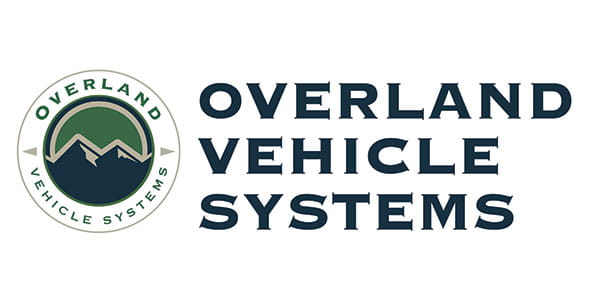What Are Squatted Trucks?

The world of truck customization has given rise to a unique trend that has taken the automotive community by storm - squatted trucks. Specifically, Carolina squat and California lean have become the go-to techniques for many enthusiasts looking to give their trucks a distinct look. In this article, we'll delve into what these terms mean, how they affect a truck's appearance, and the ongoing debate surrounding squat truck bans.
What Is A Squatted Truck?
A squatted truck is a vehicle that has been modified to lower the rear end while keeping the front end elevated. This creates a unique stance that sets it apart from standard trucks. Two primary methods are used to achieve this look: Carolina squat and California lean.
Carolina Squat

The Carolina squat involves lowering the rear suspension using coilovers, airbags, or hydraulic systems. This method typically results in a more aggressive, laid-back stance, with the rear end dropping as low as 4-6 inches (10-15 cm) below the front end. The Carolina squat is often associated with off-road racing and drifting, where a lower center of gravity provides better handling and traction.
California Lean
 In contrast, the California lean focuses on modifying the truck's suspension to tilt the rear end downward rather than dropping it entirely. This technique uses coil-overs or airbags to achieve a more subtle 1-2 inch (2.5-5 cm) drop at the rear. The California lean is often preferred for street-driven trucks, maintaining a more comfortable ride while providing a unique appearance.
In contrast, the California lean focuses on modifying the truck's suspension to tilt the rear end downward rather than dropping it entirely. This technique uses coil-overs or airbags to achieve a more subtle 1-2 inch (2.5-5 cm) drop at the rear. The California lean is often preferred for street-driven trucks, maintaining a more comfortable ride while providing a unique appearance.
The Effects On Appearance
 Squatted trucks can significantly alter their appearance, making them stand out from stock models. The lowered rear end creates a more aggressive, sporty look, while the elevated front end adds visual interest to the overall design. However, some critics argue that this style is too radical for everyday driving.
Squatted trucks can significantly alter their appearance, making them stand out from stock models. The lowered rear end creates a more aggressive, sporty look, while the elevated front end adds visual interest to the overall design. However, some critics argue that this style is too radical for everyday driving.
Squatted Truck Ban Debate
 As with any extreme modification, some jurisdictions have responded to squat trucks by implementing bans or restrictions. In 2020, several cities in the United States introduced ordinances prohibiting squat trucks from being driven on public roads due to concerns over safety and aesthetics. Proponents argue that these modifications can compromise stability and increase the risk of accidents. On the other hand, enthusiasts claim that properly executed squat jobs are no more dangerous than standard trucks.
As with any extreme modification, some jurisdictions have responded to squat trucks by implementing bans or restrictions. In 2020, several cities in the United States introduced ordinances prohibiting squat trucks from being driven on public roads due to concerns over safety and aesthetics. Proponents argue that these modifications can compromise stability and increase the risk of accidents. On the other hand, enthusiasts claim that properly executed squat jobs are no more dangerous than standard trucks.
Conclusion

The art of squatted trucks has become a staple in the customization community, with Carolina squat and California lean being two popular methods to achieve this unique look. While some critics may view squat trucks as extreme or unsightly, enthusiasts argue that they provide a fresh take on traditional truck design. As the debate continues, one thing is certain - squatted trucks will remain a fascinating aspect of automotive culture.
Whether you're an off-road enthusiast or simply looking for a bold statement piece, there's no denying the allure of squatted trucks. So, if you're considering taking your truck to new heights (or rather, new lows), research local laws and regulations before starting your squat job! While you’re here, follow us on Facebook , Instagram , and YouTube .
Shop Truck Suspension Upgrades


























































































































































